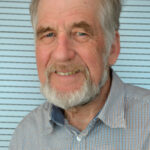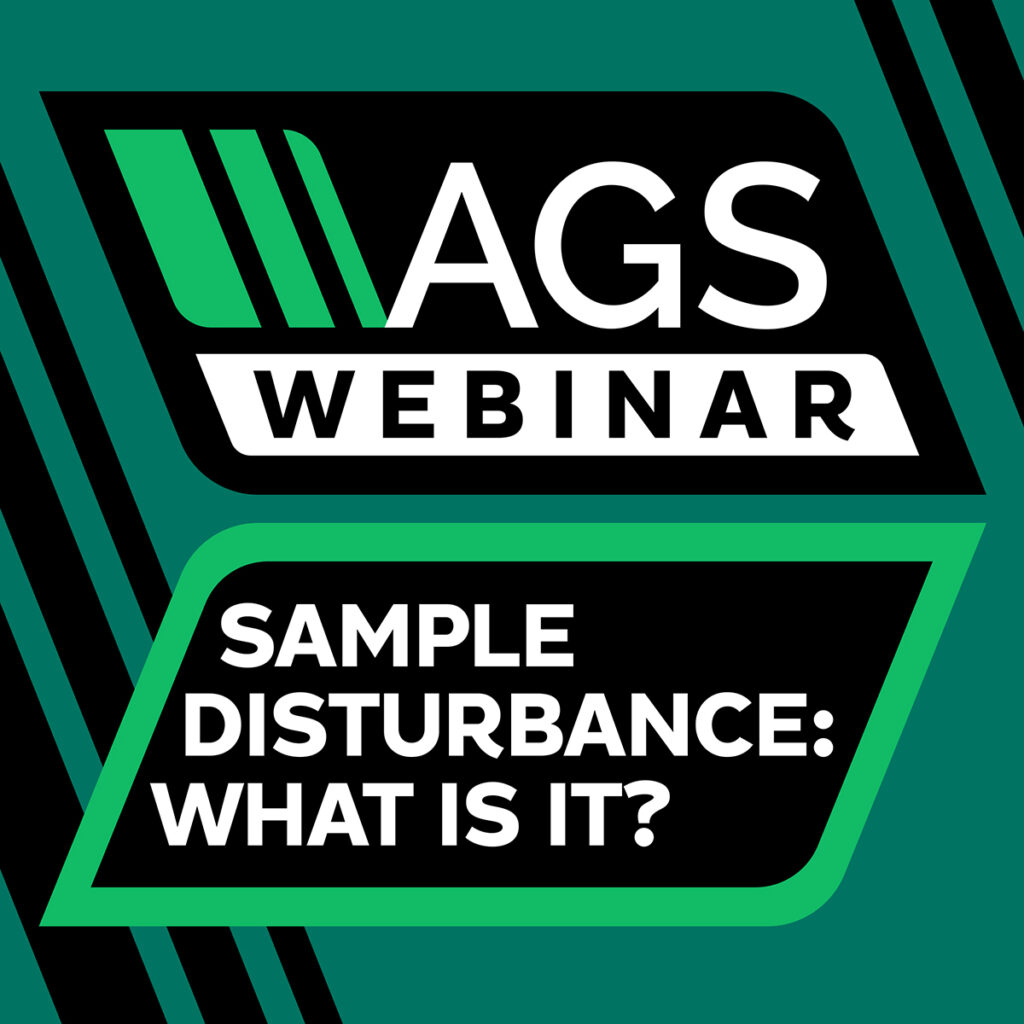The aim of this webinar replay is to stimulate a discussion and start a process whereby we can begin to decide on factors which might build to be a disturbance classification.
Both EC7 and BS5930 suggests that there are five quality classes of sample which can be obtained from intrusive ground investigation, some are quite self-explanatory however for strength and deformation testing we are advised to use Class 1 samples.
This webinar will ask what constitutes a Class 1 sample – the codes suggest that to obtain Class 1 samples we should use techniques such as thin wall sample tubes or rotary coring methods. However, practitioners and laboratory technicians alike will tell you that even with these methods many samples are evidently disturbed and not class 1, it is therefore certain that by using one of these suggested methods that a class 1 sample is not necessarily achieved.
This webinar looks at:
· The sampling process and methods which may provide a Class 1 sample
· What constitutes a Class 1 sample and how do we recognise sample disturbance
· Are there grades of disturbance what is acceptable
· Should there be a scale to enable technicians and laboratories to recognise and report the degree of disturbance
Attendees can expect to learn:
· The sampling process and what influences sample disturbance
· What makes a Class 1 sample and why is it so important
· The differences between the sample classes and the effect on sample behaviour and measured parameters
· How to visually identify sample disturbance
This webinar replay will be of interest to engineers of all grades; practitioners; specifiers; laboratories and investigation designers.
Presentations
Sampling Methods and Sample Disturbance and Checking up on the Disturbance
David Norbury, Director at David Norbury Ltd
We all know we want to have undisturbed samples to examine and test. Do we really want and need this? If so how do we specify what degree of sample disturbance we are prepared to accept? What sampling methods might best be deployed to attain that acceptable level of disturbance? How do we check the recovered samples for disturbance? These matters will be reviewed in the context of the EN Standards.
Sample Disturbance in Soft Clay, Causes and how it can be Assessed
Tom Lunne, Expert adviser at Norwegian Geotechnical Institute
All natural clays have some structure which may be partly or completely damaged during sampling and sample handling. Soil parameters measured in the laboratory can be strongly influenced by sample disturbance and frequently to such an extent that they are not representative for in situ conditions. In Norway a of set criteria for evaluating sample disturbance of soft clay have been established, and this is now included in national and international guidelines/standards. Examples will be given on how these criteria can be used for practical projects. The range of validity and limitations of these criteria will also be given.
Sample Disturbance in Stiff Clay, Can we Assess it? What Labs Can and Can’t Do!
John J M Powell, Technical Adviser at Geolabs Limited
Following on from soft clays then can we maintain in situ structure and stress state when sampling stiff, overconsolidated clays. In these stiff clays do current sampling methods allow quality samples to be obtained, what is the role of the sampler, the operator, the sample handling and storage in sample disturbance? What assessment can a laboratory make of sample quality, what should they be expected to report? These topics will be discussed and hopefully lead to an open discussion!
Sponsor
Socotec
SOCOTEC is the UK’s market-leading provider of site investigations. Expert field operations backed up by UKAS accredited analytical testing and proven technical support draw on over 80 years’ experience in delivering high quality services to help our clients to minimise ground related uncertainty and risk, as well as maximising efficiencies.
www.socotec.co.uk/
Speakers

AGS Chair and Regional Manager & Associate at Coffey Geotechnics Limited, A Tetra Tech Company
Sally has 30 years’ experience in the ground engineering industry and has responsibility for the delivery and management of geotechnical risk on a wide range of projects.
She has worked in the site investigation field for specialist contractors and for design consultancies on many major transport and energy infrastructure schemes, on earthworks design schemes and asset management in the road, rail and energy sectors.
Sally has more recently concentrated on business development and technical management of geotechnical operations within Coffey in the UK and was previously AGS Business Practice Working Group Leader.

Director at David Norbury Ltd
Professor David Norbury has over 45 years’ experience in the investigation, interpretation and assessment of the ground for the construction of geological, geotechnical and groundwater projects, using mapping, remote sensing, published literature, previous work and his own observational skills. He works to provide robust practical advice to clients from all professions, placing great importance on geologists formulating an appropriate model of the ground and communicating this to the design and construction teams and into working practices.
Assignments have included construction and redevelopment of land, marine and underground works and nuclear licensed sites. With responsibilities incorporating the design, execution and validation of investigation, construction, forensic and remedial programmes. He has provided Expert Witness services on a range of technical, planning and contractual disputes, including presentations at hearings and in court.

Technical Adviser at Geolabs Limited
John spent much of his career at BRE being responsible for their research and consultancy related to the evaluation and assessment of ground properties and their use in geotechnical design. Topics have been extensive and at the forefront of understanding; e.g. studies on the use and development of in-situ and laboratory testing, sampling and sample quality, semi empirical design procedures from in situ tests, advances in piling and the re-use of foundations.
At Geolabs he is responsible for technical output and specifically for developing further the areas of advanced testing of soils and rocks for both land and offshore applications. He is also responsible for managing and developing in-house and collaborative research to advance both equipment and soil behaviour.
He sits on and chairs national and international technical and standards committees on related works.

Expert adviser at Norwegian Geotechnical Institute
Tom Lunne joined NGI in 1971 and has held various positions over the years. His main activities has been related to offshore soil characterization, both consulting and R&D projects. Topics of special interest have been quality of data and interpretation of results in terms of soil design parameters, covering sampling, laboratory and in situ testing. He is one of the authors of the text book: Cone Penetration in Geotechnical Practice together with Peter Robertson and John Powell.

LEAD SPONSOR:
